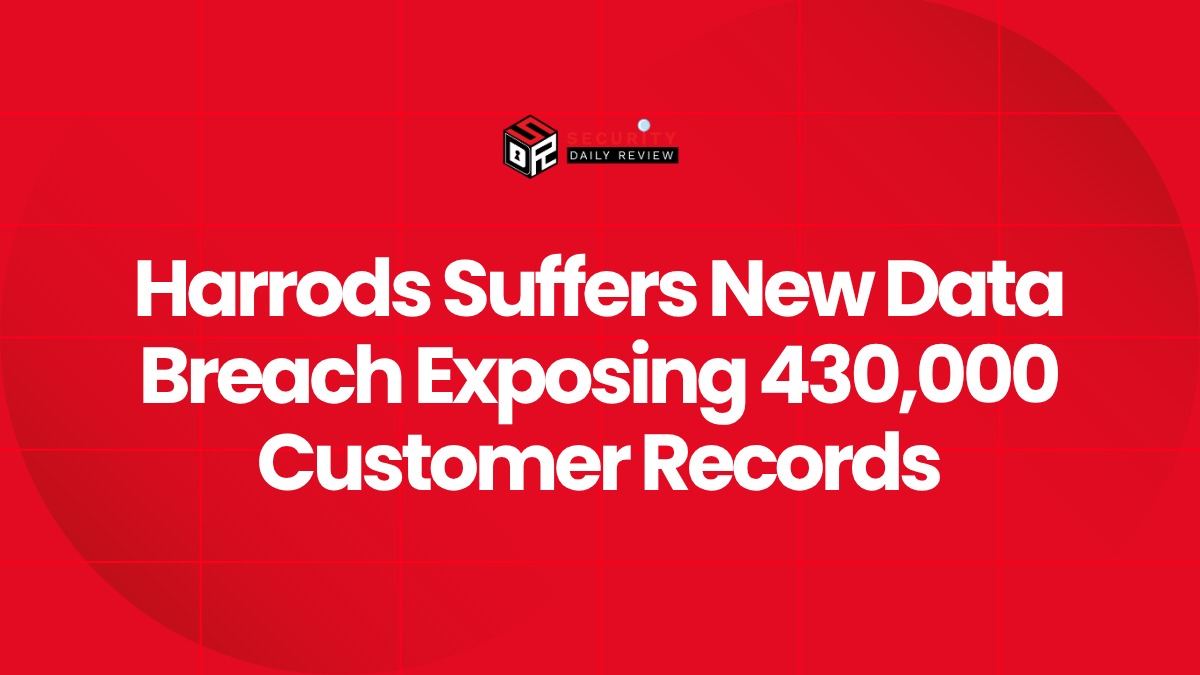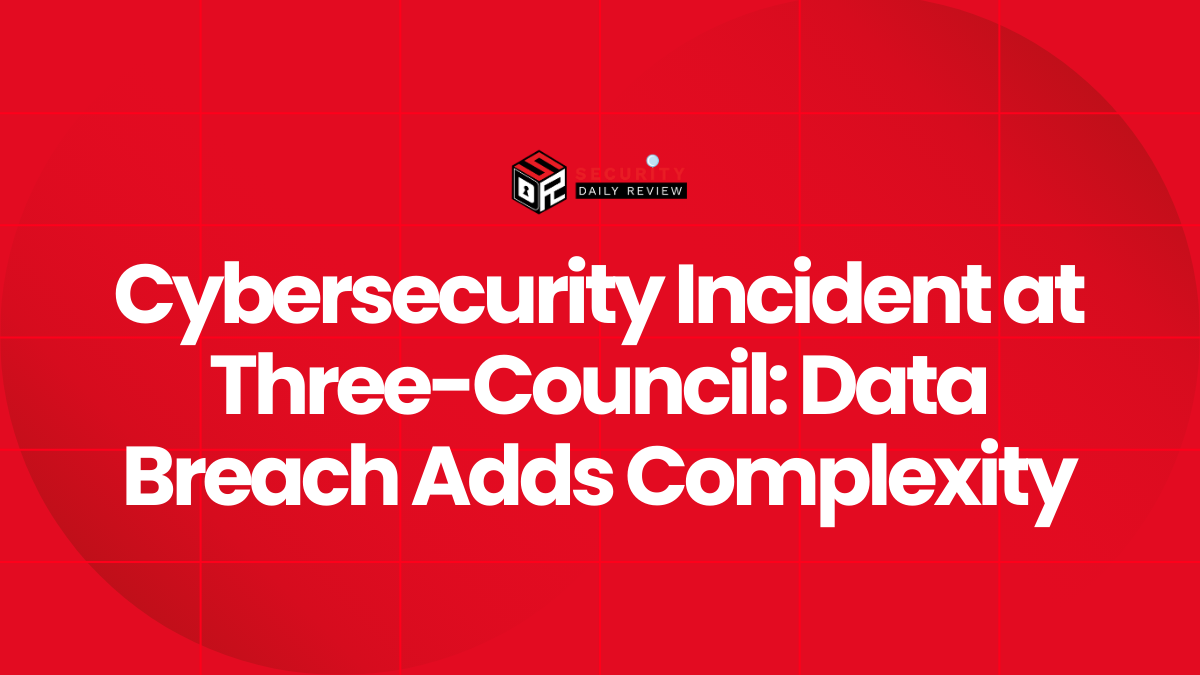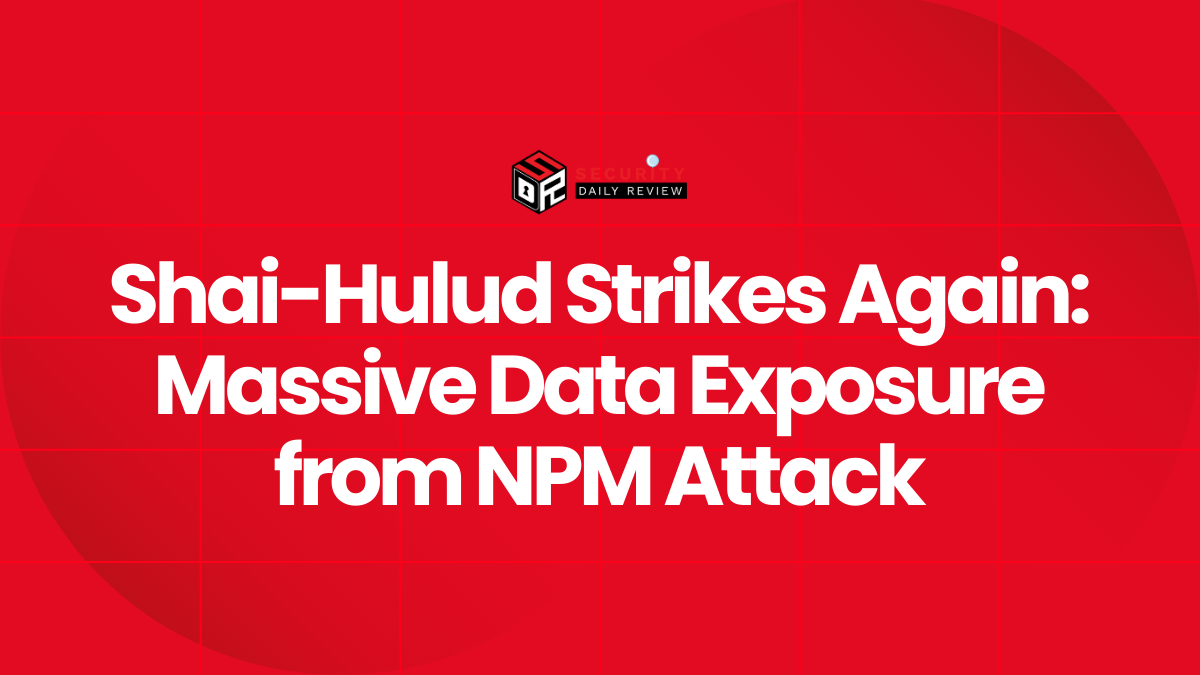Harrods has disclosed a new cybersecurity incident in which threat actors compromised a third-party supplier and stole approximately 430,000 customer records containing sensitive e-commerce identifiers. The company told media outlets that affected customers were proactively notified and that the incident is separate from the May attack linked to groups such as Scattered Spider. Public reporting places the notification to customers in late summer, following forensic confirmation that the supplier compromise exposed names, contact details and internal customer labels used for marketing and loyalty segmentation.
While Harrods did not name the affected supplier, the pattern mirrors recent supply-chain intrusions that used stolen OAuth tokens and third-party connectors to pivot into customer environments. The motive appears financial and opportunistic: attackers harvested usable customer metadata they can monetise via targeted phishing, broker on criminal forums, or use to support follow-on extortion. Harrods confirmed the actor contacted the company seeking engagement but that Harrods would not negotiate.
No Passwords or Payment Data in Harrods Breach, Company Confirms
The leaked artefacts reportedly included customer names, email addresses, telephone numbers and internal tags or labels (for example, loyalty tier or co-branded card affiliation). Harrods emphasised that passwords, payment card information and order histories were not included in the disclosed dataset. The supplier compromise likely provided access to an e-commerce data feed or CRM extract—common vectors in modern supply-chain attacks where a supplier with legitimate API access becomes a pivot point.
Comparative incidents: this breach resembles the Salesloft supply-chain compromise that enabled attackers to abuse OAuth tokens and access Salesforce environments, leading to multiple downstream disclosures. It also sits alongside prior incidents involving Scattered Spider and Lapsus-style actors who targeted retailers and service providers to harvest administrative access or sensitive files. Another relevant precedent is the DragonForce-linked intrusions that targeted retail systems and encrypted data; while the Harrods incident does not currently indicate encryption or ransomware, the publishing of internal HOSTS or configuration files in other breaches demonstrates how leaked operational files can meaningfully degrade security posture.
Harrods Supplier Compromise Timeline and Attack Vector
Timelines indicate initial supplier compromise occurred prior to the customer notification and was validated by Harrods’ forensic teams before outreach. The likely attack vector is a third-party API or CRM sync abuse—attackers stealing or abusing OAuth tokens, API keys, or leveraging compromised supplier credentials to extract customer exports. Motive is primarily financial: exposed customer data can be sold, used to stage high-quality phishing, or serve as groundwork for extortion of the retailer or its most valuable customers.
Operational impact: immediate effects include reputational damage, potential customer churn and increased customer-support volume for Harrods. For the supplier ecosystem, such an event triggers contract and control reviews, potential claims under cyber-insurance policies, and urgent remediation work to revoke keys and reissue credentials.
Smishing and Identity-Theft Threats from Harrods Data Leak
While payment data was not exposed, the leak of identifiable contact information and internal labels materially raises the risk of targeted phishing, smishing and identity-theft attempts. Marketing tags that indicate loyalty status, co-branded card affiliation or service tiers can make social-engineering attacks far more convincing and increase click-through rates for malicious links.
Organisational risks: companies face regulatory scrutiny if personal data was processed without sufficient safeguards; impacted organisations can expect demand for breach notification support, incident response costs, potential fines where data-protection laws apply, and a need to re-assess contractual cyber-risk clauses with suppliers. Insurer engagement may be complicated if policies were not current or if contractual obligations around third-party security were not met.
How Harrods Customers Can Protect Themselves from Phishing and Smishing
For affected customers:
- Treat unexpected emails or messages with scepticism. Validate any communications by contacting Harrods directly via known channels rather than replying to inbound messages.
- Do not click links or open attachments from unknown senders; verify requests for payment details or personal information.
- If you have a co-branded or loyalty card, monitor statements and transaction alerts and enable transaction notifications through your bank.
- Be alert to SMS phishing (smishing) and phone-based social engineering using leaked contact details.
For Harrods and suppliers:
- Revoke and rotate all third-party API keys, OAuth tokens and service credentials associated with the exposed supplier; force re-authentication flows and enforce short token lifetimes.
- Conduct a supply-chain audit to identify all third-party integrations with access to customer data and apply least-privilege principles.
- Deploy targeted detection rules for abnormal data exports, increased API calls, and unusual CRM extraction patterns.
- Strengthen contractual requirements for downstream vendors to include logging, breach notification SLAs and penetration testing evidence.
- Offer complimentary identity-protection services or credit monitoring where appropriate and communicate transparently with affected customers about mitigation steps.
For the wider retail sector:
- Treat third-party connectors as high-risk assets and include them in tabletop exercises and business-continuity planning.
- Implement stronger segmentation between marketing data stores and production transaction systems to limit the value of any single compromise.









